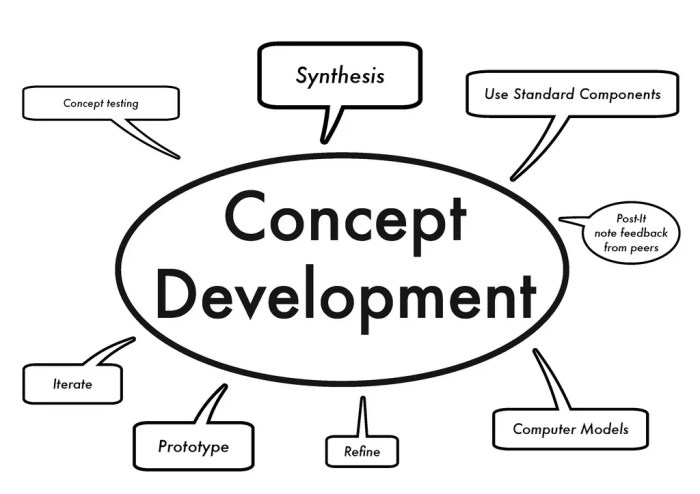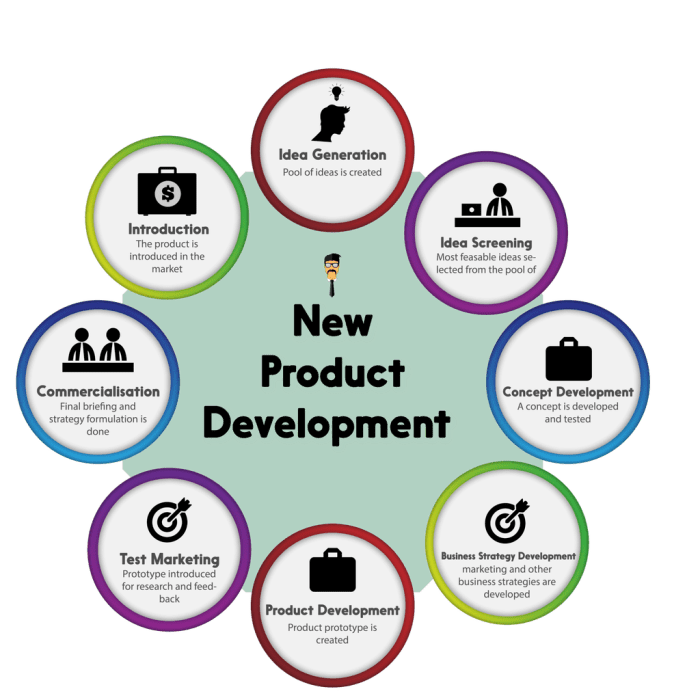Embark on an enlightening journey through the world of concept development with Concept Development Practice Page 27-1. This guidebook provides a comprehensive roadmap to unlocking your creative potential and transforming innovative ideas into tangible realities.
Delve into the fundamental principles of concept development, exploring the step-by-step process that leads to breakthrough ideas. Discover the significance of research and user feedback in shaping concepts that resonate with your target audience.
Concept Development Process: Page 27-1

Concept development is a crucial phase in the product design process that involves generating, refining, and selecting innovative ideas to meet user needs. This process follows a structured approach to ensure that concepts are feasible, desirable, and viable.
Key Principles of Concept Development
- User-centered: Concepts should address user needs and pain points.
- Innovative: Concepts should be novel and differentiate the product from competitors.
- Feasible: Concepts should be technically and financially viable to implement.
- Desirable: Concepts should appeal to users and resonate with their aspirations.
Step-by-Step Guide to Concept Development
- Define the problem:Clearly articulate the user need or problem to be addressed.
- Research and analysis:Gather data from users, competitors, and industry trends.
- Brainstorming:Generate a wide range of concepts using techniques such as mind mapping and sketching.
- Concept screening:Evaluate concepts based on criteria such as feasibility, desirability, and viability.
- Concept selection:Prioritize and select the most promising concepts for further development.
- Write down all ideas without judgment or editing.
- Helps overcome creative blocks and generate a wide range of concepts.
- Create a visual representation of ideas and their connections.
- Facilitates exploration of different perspectives and relationships.
- Draw rough sketches to visualize and communicate concepts.
- Helps bring ideas to life and make them tangible.
- Visual aids enhance understanding and communication of concepts.
- Group collaboration fosters diversity of perspectives and stimulates creativity.
- Take breaks and return to brainstorming later with a fresh perspective.
- Seek inspiration from different sources, such as nature, art, and technology.
- Collaborate with others and share ideas to trigger new insights.
Importance of Research and User Feedback
Thorough research and user feedback are essential for successful concept development. Research provides insights into user needs, market trends, and competitive landscapes. User feedback helps validate concepts and ensure that they meet actual user requirements.
Brainstorming Techniques
Brainstorming is a critical step in concept development that involves generating a large number of ideas. Effective brainstorming techniques include:
Freewriting:
Mind Mapping:
Sketching:, Concept development practice page 27-1
Benefits of Visual Aids and Group Collaboration
Tips for Overcoming Creative Blocks
FAQs: Concept Development Practice Page 27-1
What is the primary focus of Concept Development Practice Page 27-1?
Concept Development Practice Page 27-1 centers on providing a comprehensive guide to the concept development process, empowering individuals and teams to generate innovative ideas and transform them into tangible realities.
How does Concept Development Practice Page 27-1 facilitate idea generation?
The guidebook presents effective brainstorming techniques, highlighting the benefits of visual aids and group collaboration. It also provides tips for overcoming creative blocks and fostering an environment conducive to innovative thinking.

